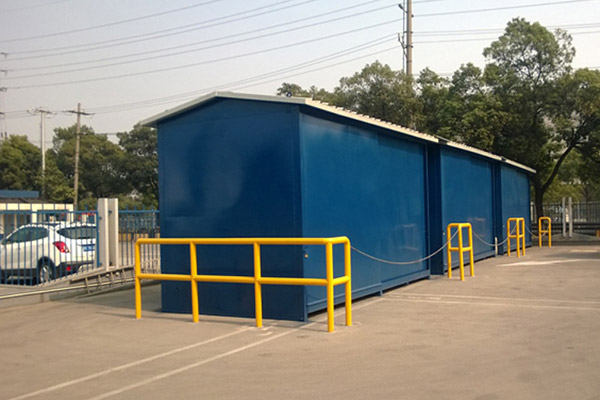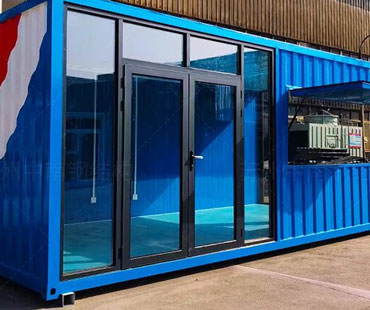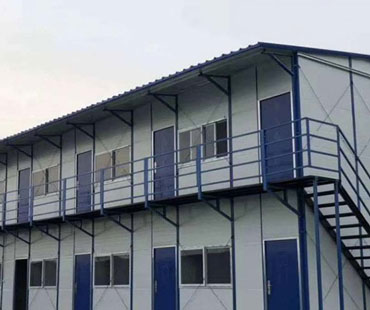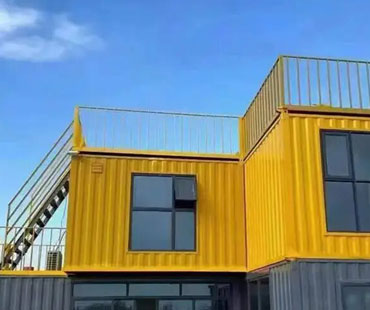In recent years, the concept of container housing has gained remarkable traction as a sustainable and innovative solution to the growing demand for affordable and flexible living spaces. As urbanization continues to rise and traditional housing options become increasingly unaffordable, container homes present a unique opportunity to address the housing crisis while promoting environmentally friendly practices. This article explores the design and innovation behind container homes, highlighting their multi-functional capabilities and how they meet the diverse needs of today’s market.
Container housing emerged from the necessity for quick and cost-effective building solutions. Initially used for shipping goods across oceans, repurposed shipping containers have found a new life as homes, offices, and even community spaces. Their robust structure, portability, and availability contribute to their appeal, offering a versatile alternative to conventional construction methods.
Design Innovations in Container Homes
1.Modularity and Customization
One of the most significant advantages of container homes is their modular nature. Containers can be stacked, arranged, and combined in various configurations to create unique living spaces tailored to individual needs. Architects and designers are increasingly embracing customization, allowing homeowners to choose layouts, finishes, and features that reflect their personal style and requirements.
2.Sustainable Building Practices
Container homes are inherently sustainable, as they recycle materials that would otherwise contribute to landfill waste. Additionally, innovative design practices incorporate energy-efficient features, such as solar panels, green roofs, and high-performance insulation. These elements not only reduce the environmental footprint but also lower utility costs for residents.
3.Flexible Use Cases
Container homes can serve multiple purposes beyond traditional residential living. They can be transformed into co-working spaces, pop-up shops, vacation rentals, and even emergency shelters. This versatility makes them particularly appealing in areas with fluctuating housing demands or specific community needs, such as disaster relief or affordable housing initiatives.
4.Integration with Technology
Modern container homes often incorporate smart technology to enhance functionality and convenience. Smart home systems allow residents to control lighting, heating, and security through mobile devices, offering a seamless living experience. As technology continues to evolve, container designs will likely integrate even more advanced features, further enhancing their appeal.

The demand for affordable housing solutions is more pressing than ever. According to the United Nations, the global urban population is expected to reach 68% by 2050, leading to a surge in housing needs. Container homes offer a viable solution to this challenge, providing quick, cost-effective, and sustainable options for various demographics, including young professionals, families, and retirees.
Moreover, as the concept of remote work becomes normalized, the need for flexible living arrangements has increased. Container homes can be set up in diverse environments, from urban settings to rural landscapes, allowing individuals to choose locations that suit their lifestyle while maintaining affordability.
Despite the benefits, container housing is not without its challenges. Regulations and zoning laws can vary significantly by region, making it difficult to gain approval for container home projects. Additionally, while containers are durable, they require proper insulation and ventilation to ensure comfort in various climates. Addressing these challenges is crucial for the continued growth and acceptance of container housing as a mainstream solution.
The design and innovation surrounding container homes represent a transformative shift in how we approach housing solutions in an increasingly urbanized world. By leveraging the unique properties of shipping containers, architects and designers are providing multi-functional, sustainable homes that meet the diverse needs of today’s market. As we continue to face housing shortages and environmental challenges, container housing stands out as a promising alternative, merging practicality with creativity to redefine our living spaces. As awareness and acceptance of this innovative approach grow, container homes are poised to play a significant role in shaping the future of housing.


